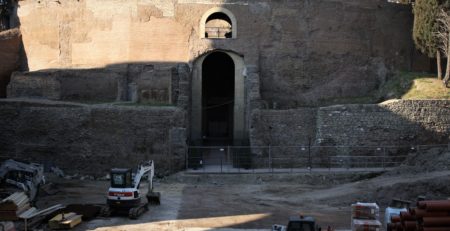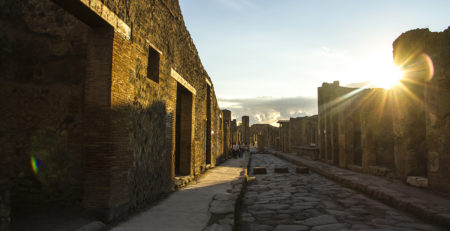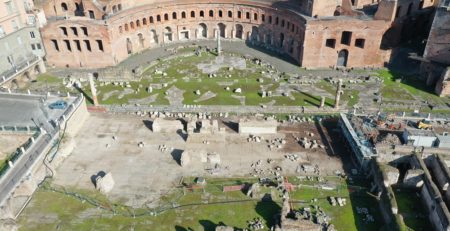A day In The Life of a Roman Teenager
Welcome to the world of Lucius Popidius Secundus, a 17-year old living in Rome in 73 AD. His life is a typical one of arranged marriages, coming-of-age festivals, and communal baths.
Being a teenage in ancient Rome wasn’t easy. There were no X-box 360’s to play or cars to drive, or even chariots to cruise around in. Don’t get me wrong, there were chariots, but the only teens that got to drive them were those young men going off to fight the latest Roman war, or, if they were lucky enough, race around the Colosseum, a sport that often resulted in death.
While your average American teenager devotes more than three hours a day to watching TV, playing video games, and social media, the average 17-year-old Roman kid (circa 73 AD) had some more serious business to deal with. Like mastering reading and writing in two languages, fighting in imperial wars, taking care of spouses and various other items.
Ancient Rome – What was Daily Life Like?
A day in Ancient Rome began with breakfast, and depending on whether you are upper class (patrician) or lower class (plebian), breakfast was dependent on what was affordable. After breakfast, adults might venture down to the Forum to do their shopping and banking. The Forum was the main marketplace and business centre, as well as a place for public speaking, as ancient Romans were considered great orators. It was also used for festivals and religious ceremonies.
While the adults were busy at The Forum, the children attended school. In early Roman days, a young boy’s education took place at home. The father’s role was that of teacher instructing his son in Roman law, history, customs, and physical training to prepare for war. Girls were taught to spin, weave, and sew by their mother. As time passed, the rules for school training changed from home schooling to sending the boys, and some girls (with their father’s permission) to school when the child reached 6 or 7 years of age. School day began at sunrise. There was a rest time at lunch as well as in the afternoon, then back to school until late afternoon. For the adults, the order of business was to go to the baths, either before or after the Forum. The baths were visited at least once every day. Children were not allowed to visit, and there was an admission fee. Slaves could not use the baths, but they could visit as attendants. In the afternoon, wealthy Romans rested at home or with friends, while the poor worked constantly.
When the children came home from school, they played with their pets, toys, and friends. Dinner for the plebeians during The Imperial Age consisted of porridge. When they could afford it, fish, bread, olives, and wine with meat was eaten on special occasions. The patricians had dinners that were quite elaborate with a lot of wine. Then, in the evening, one might attend one of the many free theatres.
- Did the Romans have free time?
- Most people in Roman times did not have much spare time. They were too busy working. They liked games though.
- Soldiers often played board games with counters and dice. Counters and boards for their games have been found. Archaeologists aren’t always sure of the rules!
- Hunting was also popular. People hunted animals for fun as well as for food. The Romans introduced fallow deer to Britain, just for hunting.
- But, wait, we’re missing one detail. They enjoyed fights between gladiators, and fights between people and animals. These bloodthirsty shows were put on in front of crowds in large arenas called amphitheatres.

Italy’s Best Educational Tours are for all the family. So, discover more. Why not book a tour!
Want to learn more?Read what we get up to at the Gladiator School in Rome.














